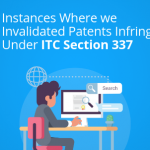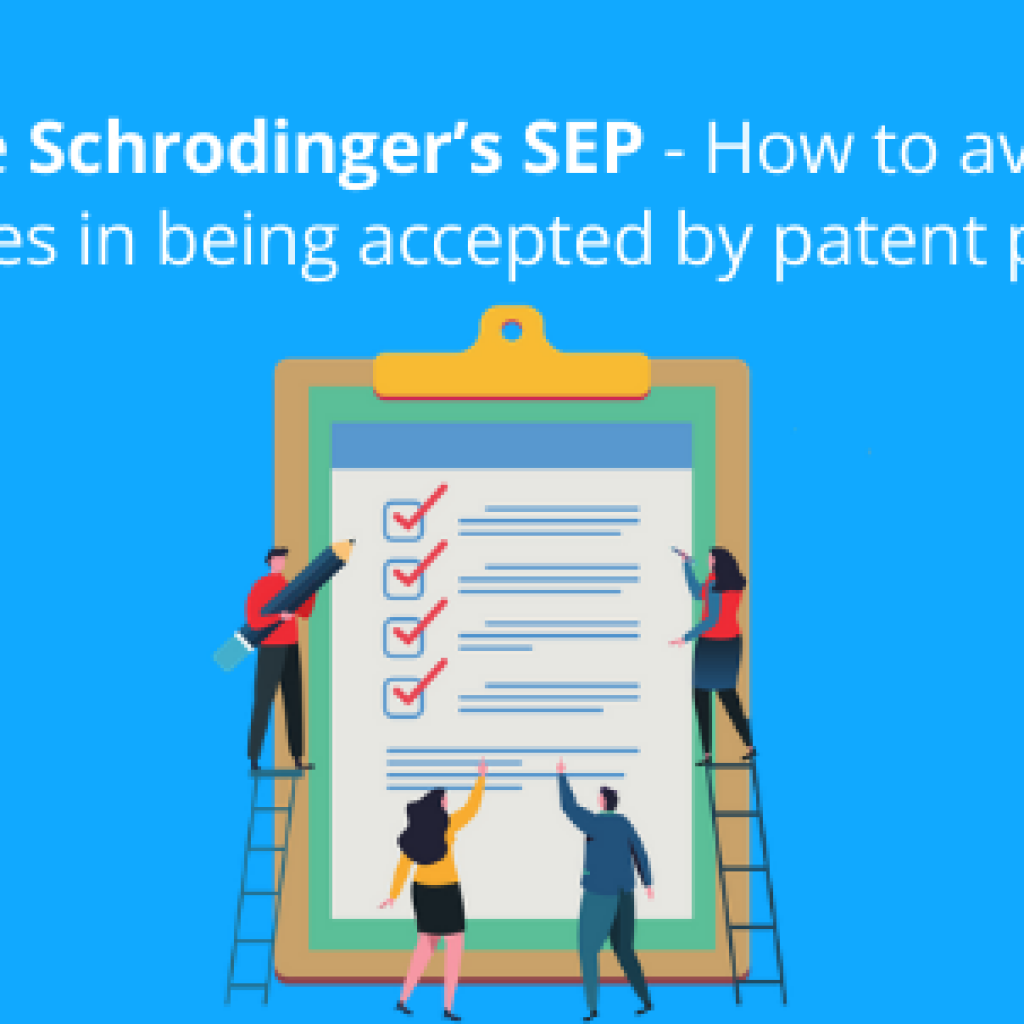How difficult is it to find a solution to a problem you know nothing about? Difficult? Very difficult? Preposterous, you say? No, we are not being ludicrous.
Though less often, there are instances when you’re looking for solutions to a problem you know little or nothing about. Despite multiple solutions that exist for every problem in existence, it is a little more than difficult to find a solution for the problem you know literally nothing about.
Some time ago at GreyB, we faced a similar situation where we had to find prior art for a trade secret that was claimed as being infringed under ITC Section 337.
Also Read: 3 Instances where we found prior art and invalidated patents infringed under ITC Section 337
The implications were huge. A proper patent prior art search was the need of the hour. The law firm in Washington, handling the case, contacted GreyB to help in the pursuit of finding already known prior art for the trade secret in question.
However, there was a catch — Due to the protective order surrounding the case, the exact features of the trade secret could not be disclosed to us. We literally had nothing to start with. But as we say it, “If it exists, we will find it.” Determined to find available prior art, if any, we set up a multi-phased process involving constant interaction and feedback with the attorneys to prevent the search from going off-track.
To understand the tech domain, we sent a mini technology landscape to the law firm and asked them to pick the technology in question. After we received the answer, which was Metallurgy, we built further nodes and asked the law firm to pick the field we were ought to be searching prior art for.
What followed was a constant iteration of nodes and front and back from attorneys, in form of Yes/No questions which helped us conclude that the trade secret in question envisioned specific numeric values pertaining to various parameters and properties of the end product, which was used in only certain select industries.
Based on the information we had in hand, the researchers set out to perform a first cut of the prior art and identified various references (both patent and non-patent) which disclosed multiple parameters and values of the manufacturing process which was responsible for the end product.
Also Read: How previous litigations and an examiner interpretation can help in invalidity searches?
Based on feedback from the client on this first cut, the search was narrowed down to particular parameter ranges, and the search was repeated to identify references falling within these ranges. This process was iteratively carried out to reach a final relevant set of references which was satisfactory to the client.
Though it might sound really simple, the process was not at all easy. We had our own set of challenges and we needed to find a solution to each of them.
Our first challenge was that though, and we had an idea of what we were looking for, finding specific numerical values was the need of the hour. The problem was — A traditional search would never uncover the presence of these numbers in result sets.
So we set up an SOP for the project which detailed the procedure in which a review of each reference was to be carried out. During the search, the researchers used this SOP to manually review the numerical values in each reference of the result set and list the value in the updates sent to the client.
Defining an SOP helped us with the numerical values but references which would help find the numbers, especially non-patent literature, were not easily accessible. Though a large number of non-patent literature could be accessed by us owing to the subscriptions we have to metallurgy research databases, there was still a large amount of literature that was not publicly accessible.
To gain access to these publications, researchers set out to buy subscriptions to relevant databases, requested access to university networks, and directly requested documents from inventors whose full-text publications were not available online.
After overcoming these challenges, the biggest challenge that was ahead of us was to find prior art for the trade secret without violating the protective order.
To avoid the violation, the team set up a feedback process where the only time email communication was utilized was to deliver result sets to the law firm. Feedback on the results only took place over phone calls, in which the patent attorneys would give ‘Yes/ No’ answers to the researchers’ questions on the closeness of each reference in the result set to features of the trade secret.
Post call, based on feedback from the client, the researchers would collate the closest result set and start the next iteration of the search based on narrowed down parameters. In this manner, the researchers were able to collate a final end result set which was most relevant to the client.
Using these results, the client was able to build a defense on the grounds of the trade secret being prior knowledge in the industry. All this was done while maintaining the integrity of the case, and researchers at GreyB never had knowledge of the exact contents of the trade secret.
And that’s how we found a solution to the problem without knowing literally anything about it.
PS: ITC Section 337 cases are on the rise and we have all the expertise in the world to help find prior art, if it exists, for the rights in question. Trade secret, patent, copyrights, or trademark — You have an Impending ITC investigation, we have a solution. Get in touch, you will not be disappointed.

Authored by: Anjali Chopra, Senior Business Analyst, Market Research.










